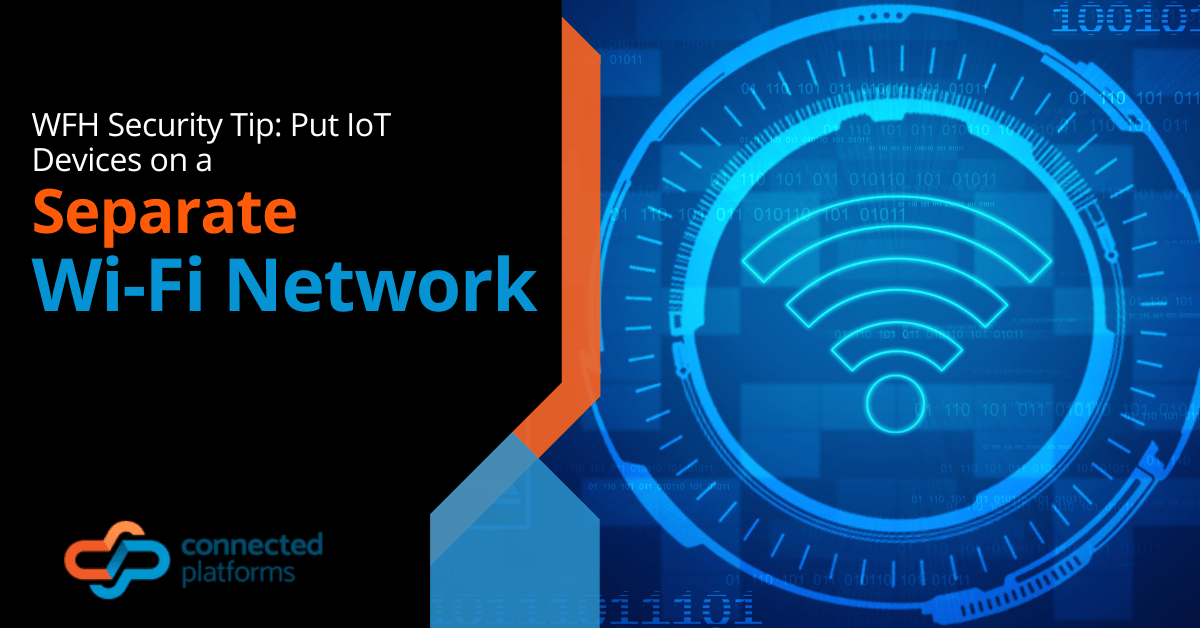In the post-pandemic world, working remotely either full or part-time has become the norm for many businesses, from small companies to large enterprise organisations.
A survey of Australian employees found that just 23% have returned to work at the office 5-days per week. About 23% are fully remote, and 44% work a hybrid schedule.
This transition has had both advantages and challenges. The advantages include more work/life balance and lower costs for employees that no longer commute, as well as employers with less physical office overhead.
Challenges include keeping everyone connected and working productively as a team, and cybersecurity. Securing business data being created and accessed from people’s homes is a new requirement for small business Wi-Fi that many companies haven’t dealt with before.
The lack of security for work-from-home (WFH) teams is taking a toll. In a recent cybersecurity study, it was found that within the last 12 months, 73% of Australian organisations were victims of cyberattacks that targeted remote workers.
The Danger of IoT Devices Sharing a Network with Work Devices
One of the ways that hackers take advantage of home networks, is to access less secure devices, such as a smart refrigerator or doorbell camera. These IoT (internet of things) devices tend to have less security than computers and smartphones, so they are easier to hack.
Between January and June 2021, there were over 1.5 billion IoT breaches.
Once a hacker breaks into one of these smart devices, they can then leverage network sharing features that are often enabled by default. For example, many smart home device manufacturers tout the ability to easily connect to other devices on your network as soon as you plug in a new IoT gadget.
Cybercriminals use these sharing features to seek out other devices using the same Wi-Fi. The ones that they are really after. Such as your work computer that holds sensitive data or your smartphone that is syncing with business cloud applications.
Once the breach has occurred, the attackers can do everything they normally do when attacking a company’s network. These include:
- Planting ransomware or other malware
- Launching a virus
- Accessing sensitive business and/or personal information
- Accessing cloud applications
- Taking over a device
- Spreading malware to other devices connected via cloud sharing services
How to Stop Hackers from Using IoT to Breach a PC or Smartphone
One easy security step that remote employees can take to better secure their work devices is to put IoT devices on a separate Wi-Fi network.
This removes that “sharing bridge” that hackers often use to hop from a less secure device to one holding sensitive data. With your IoT devices relegated to their own network, a hacker that breaks into one won’t be able to even see your computers or mobile devices on that network.
This does not involve having to purchase a whole new internet plan, it simply takes setting up what’s called a “guest” network on the home router.
Setting Up a Guest Network for IoT Devices
Most modern routers have the option to set up a guest network. This is a separate Wi-Fi stream that will come from the same modem and router connection that you already have.
Each network will show up separately when you look at your list of available Wi-Fi.

Each network will have its own name and password. Make sure your Wi-Fi names are non-descript. For example, don’t use your family name or address. And don’t call it “IoT network,” this is a tip-off for hackers to look for another network to breach.
Passwords should also be strong and unique. It’s a good idea to use a strong password generator to create a password for your Wi-Fi networks. Do not give both networks the same password!
Here are the simple steps for setting up a guest Wi-Fi on your router. The specifics of the administrative settings will depend on the brand and model of the router you have. Connected Platforms is happy to help with setup if you need it.
Steps for setting up a guest Wi-Fi network:
- Log into your router settings.
- Identify the area to set up a guest network and click to set up.
- Name your guest network and give it a strong password.
- Edit the password to your other network (so IoT devices won’t automatically reconnect to it.).
- Change the Wi-Fi used by all your IoT devices to the new one.
- Reconnect your other devices to your main network using the new password.
Schedule a Chat About Remote & Hybrid Team Security
Cybersecurity for WFH personnel is not something you want to leave until later. Connected Platforms can help your Brisbane area business assess your current remote team security and make any needed suggestions for improvements.
Contact us for a free consultation. Call 1300 866 096 or book a coffee meeting online.




